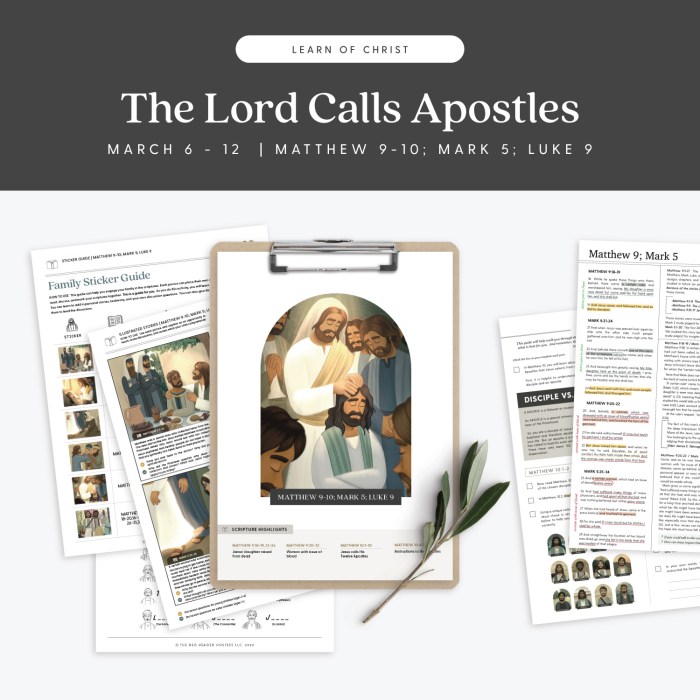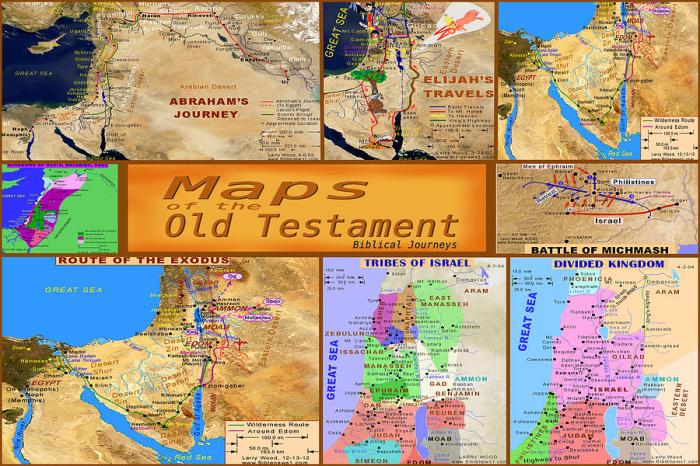Study guide for new testament – Embark on a captivating journey through the New Testament with our comprehensive study guide. Dive into the historical context, key themes, and theological concepts that shaped the foundational text of Christianity.
Delve into the unique perspectives of the Gospels, explore the profound insights of the Epistles, and unravel the mysteries of Revelation. Our guide equips you with the tools to understand and apply the teachings of the New Testament to your life.
Introduction to New Testament Study

The New Testament is the second major division of the Christian Bible, following the Old Testament. It is a collection of 27 books written by various authors over a period of approximately 60 years, from about 50 to 110 CE.
The New Testament is considered the foundational text of Christianity and provides a historical and theological account of the life, teachings, death, and resurrection of Jesus Christ, as well as the early development of the Christian church.The historical context of the New Testament is the Roman Empire, which dominated the Mediterranean world during the first century CE.
The Roman Empire provided a relatively stable and peaceful environment for the spread of Christianity, as it allowed for freedom of movement and communication throughout its vast territory.The authorship of the New Testament books is a complex and debated issue.
As you delve into your study guide for the New Testament, you may also find the examen de servsafe en español helpful if you’re preparing for the Servsafe exam in Spanish. With its comprehensive guidance, you’ll be well-equipped to tackle both subjects with confidence.
Traditionally, the Gospels of Matthew, Mark, Luke, and John are attributed to the apostles Matthew, Mark, Luke, and John, respectively. However, modern scholarship suggests that the Gospels were written by unknown authors who drew on earlier oral traditions and written sources.
The Acts of the Apostles is attributed to Luke, and the Pauline epistles are attributed to the apostle Paul. The remaining books of the New Testament, including the Epistle to the Hebrews, the General Epistles, and the Book of Revelation, are attributed to various authors whose identities are uncertain.The
key themes and theological concepts found in the New Testament include:* The life and teachings of Jesus Christ, including his birth, ministry, death, and resurrection.
- The nature of God, as revealed through Jesus Christ.
- The salvation of humanity through faith in Jesus Christ.
- The role of the Holy Spirit in the life of the believer.
- The ethical teachings of Jesus Christ, including love, forgiveness, and compassion.
- The end times and the coming of the Kingdom of God.
Gospel Accounts

The four Gospels—Matthew, Mark, Luke, and John—form the foundation of the New Testament, providing unique perspectives on the life, teachings, and ministry of Jesus Christ. Each Gospel has its distinctive characteristics, reflecting the author’s purpose and intended audience.
Overview of the Four Gospels
- Matthew:Written for a Jewish audience, emphasizing Jesus as the fulfillment of Old Testament prophecies and the Messiah promised to Israel.
- Mark:The earliest and most concise Gospel, presenting Jesus as the Son of God who came to serve and sacrifice himself.
- Luke:Written for a Gentile audience, focusing on Jesus’ compassion, mercy, and universal appeal.
- John:The most theological Gospel, highlighting Jesus’ divine nature and his relationship with the Father.
Comparison of Unique Perspectives
The Gospels complement each other by providing different perspectives on Jesus’ life and ministry:
- Chronology:Mark follows a chronological order, while Matthew and Luke arrange events thematically.
- Miracles:Mark emphasizes Jesus’ power over nature and illness, while Luke highlights his compassion for the marginalized.
- Teachings:Matthew records Jesus’ Sermon on the Mount, while Luke includes the Parable of the Good Samaritan.
- Resurrection:John focuses on the empty tomb and Jesus’ post-resurrection appearances.
Key Events, Teachings, and Miracles
The Gospels narrate significant events in Jesus’ life, including:
- Birth and Childhood:Matthew and Luke recount Jesus’ miraculous birth and early life.
- Baptism and Temptation:Mark and Luke describe Jesus’ baptism and his subsequent temptation in the wilderness.
- Sermon on the Mount:Matthew records Jesus’ teachings on ethics, forgiveness, and prayer.
- Miracles:The Gospels recount numerous miracles performed by Jesus, including healing the sick, raising the dead, and calming the storms.
- Passion, Death, and Resurrection:All four Gospels detail Jesus’ suffering, crucifixion, and resurrection.
Epistles and Letters

The New Testament contains a collection of letters and epistles written by various authors to specific churches or individuals. These writings provide insights into the beliefs, practices, and challenges faced by the early Christian community.
The Pauline epistles, attributed to the apostle Paul, form a significant portion of the New Testament. These letters address a wide range of topics, including theology, ethics, and church order. Paul’s writings have had a profound impact on Christian thought and practice throughout history.
Pauline Epistles (Romans to Philemon)
The Pauline epistles cover a wide range of theological and practical issues. Romans, for example, presents a comprehensive exposition of Paul’s understanding of salvation by grace through faith. Other epistles, such as 1 Corinthians and Ephesians, address issues related to church leadership, worship, and ethical conduct.
Paul’s letters also provide valuable insights into the life and ministry of the early church. They reveal the challenges faced by the early Christians, including persecution, division, and false teaching. Paul’s responses to these challenges offer guidance and encouragement for Christians today.
Epistles of Peter, James, and Jude, Study guide for new testament
In addition to the Pauline epistles, the New Testament contains letters attributed to other apostles and early Christian leaders. The epistles of Peter, James, and Jude address various themes, including faith, suffering, and Christian living.
1 Peter emphasizes the importance of faith in the midst of suffering. James offers practical advice on living a Christian life, while Jude warns against false teaching and immorality. These epistles provide valuable insights into the beliefs and practices of the early church.
Book of Revelation
The Book of Revelation is a unique and enigmatic text that concludes the New Testament. It is a collection of visions and prophecies that reveal the future of the church and the world. The book’s apocalyptic imagery has been interpreted in various ways, but it ultimately offers a message of hope and victory for those who remain faithful to Christ.
Historical and Cultural Context

The New Testament era was a time of significant political, social, and religious change in the Roman Empire. The Roman Empire’s expansion and rule had a profound impact on the lives of the people in the region, including the early Christian community.
Roman Rule
The Roman Empire was a highly centralized and bureaucratic state. The Roman government controlled all aspects of life in the provinces, including Judea, where Jesus lived and taught. Roman rule brought many benefits to the region, such as peace and stability, but it also imposed heavy taxes and restrictions on the Jewish people.
Jewish Customs
The Jewish people had a long and rich history of religious and cultural traditions. These traditions were based on the Torah, or the first five books of the Hebrew Bible. The Jewish people were very devout and followed the Torah’s laws and regulations closely.
Archaeological Evidence and Historical Sources
There is a great deal of archaeological evidence and historical sources that support the New Testament accounts. For example, archaeologists have found inscriptions that confirm the existence of Pontius Pilate, the Roman governor who sentenced Jesus to death. They have also found evidence of the early Christian community in Jerusalem and other parts of the Roman Empire.
Literary Analysis and Interpretation: Study Guide For New Testament

The New Testament is a collection of writings that encompass diverse literary genres and styles, reflecting the various purposes and contexts in which they were written. Understanding these genres and their nuances is crucial for interpreting the text effectively. Additionally, biblical interpretation and hermeneutics provide principles and methods for approaching the New Testament with a comprehensive understanding.
Literary Genres and Styles
The New Testament includes genres such as:
-
-*Gospels
Historical narratives that recount the life and teachings of Jesus.
-*Epistles
Letters written by apostles or other Christian leaders, addressing specific issues or providing instruction.
-*Acts
A historical account of the early Christian church and its missionary activity.
-*Revelation
An apocalyptic vision of the future and the ultimate triumph of God.
Essential Questionnaire
What is the significance of the New Testament?
The New Testament is the foundational text of Christianity, containing the teachings of Jesus Christ and the early apostles. It provides a historical and theological framework for understanding the Christian faith.
How many books are in the New Testament?
The New Testament consists of 27 books, including the four Gospels, the Acts of the Apostles, the Epistles, and the Book of Revelation.
Who wrote the New Testament?
The New Testament was written by various authors, including the apostles Matthew, Mark, Luke, and John, as well as Paul and other early Christian leaders.